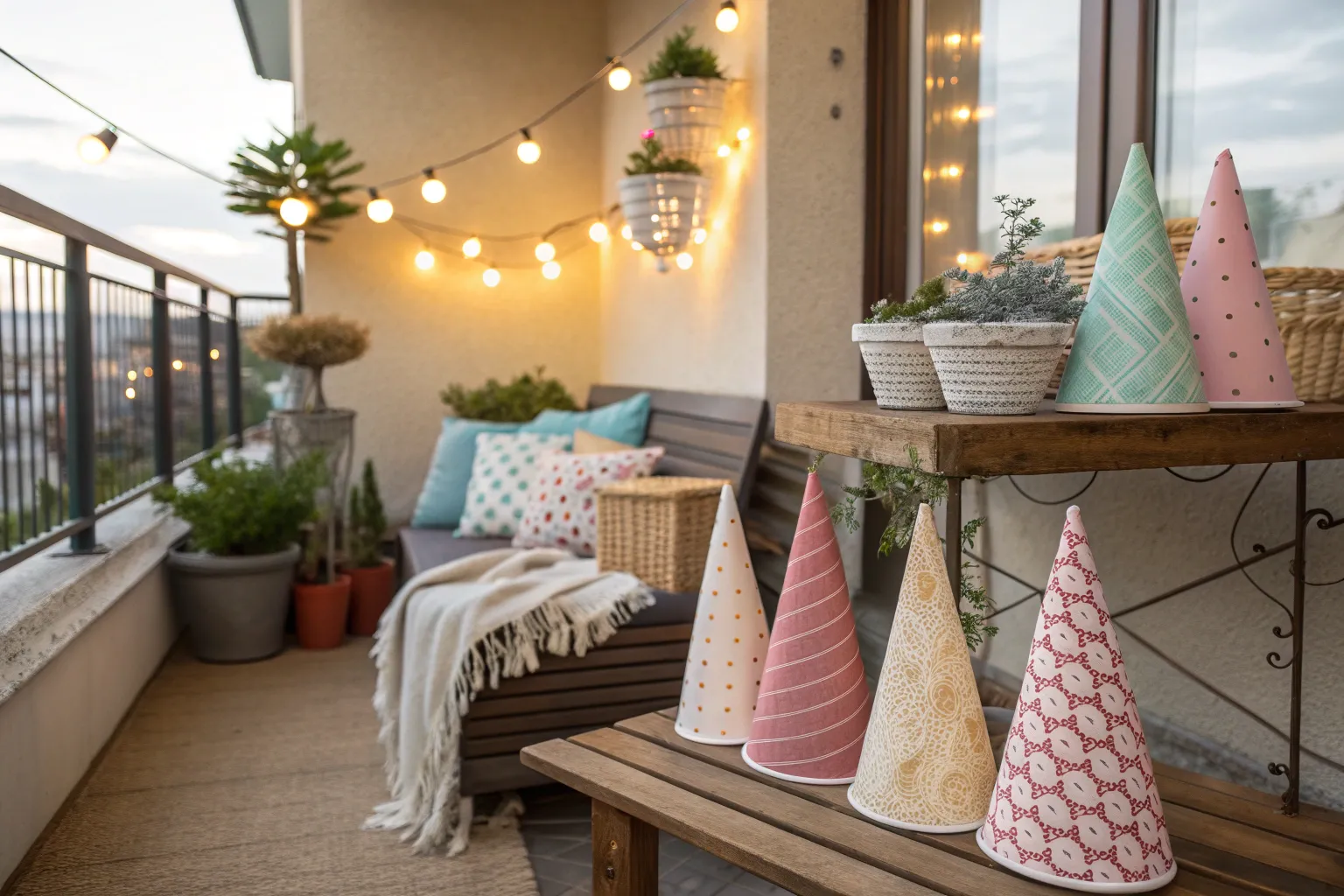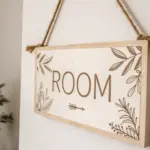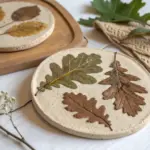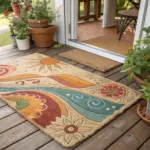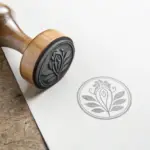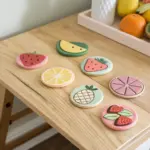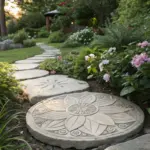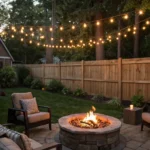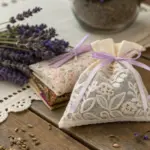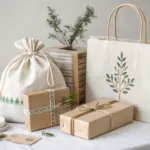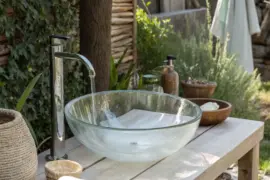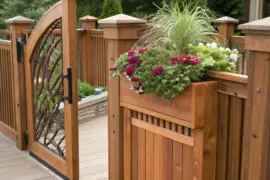With just a single piece of paper, you can create a practical container that feels both timeless and elegant. A folded cone works beautifully in outdoor living: it serves as a snack holder, a seed dispenser, or a herb bundle, all while looking natural and effortless.
Why Choose Paper Cones Over Purchased Containers
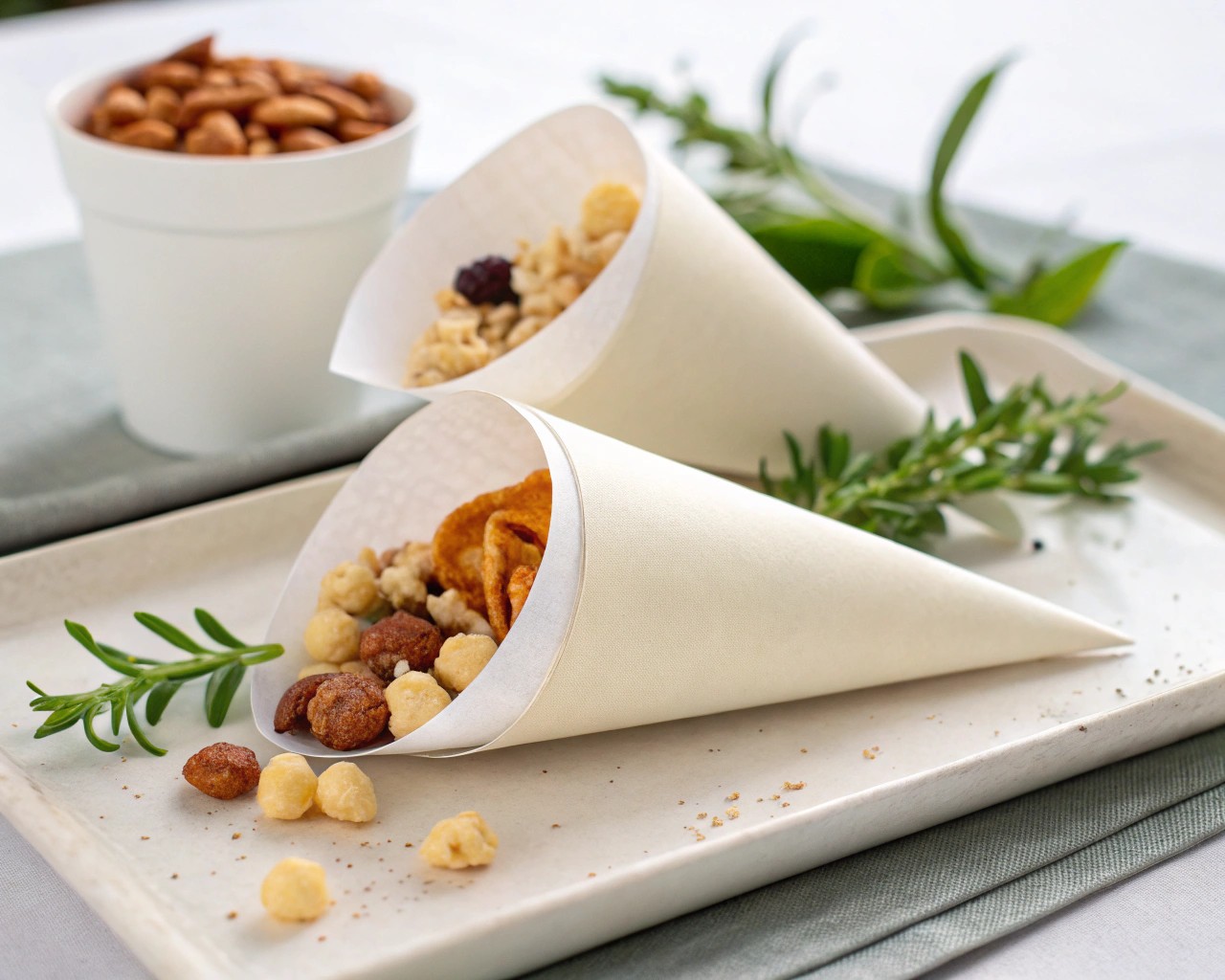
Paper cones are more than an old-fashioned craft—they’re efficient tools for daily balcony life. Unlike bowls or plastic containers, they don’t take up space, weigh almost nothing, and can be fully composted after use.
- Eco-friendly: Paper cones are biodegradable, making them a greener choice than plastic packaging.
- Space-saving: Fold flat until needed. This flexibility is especially useful for small urban balconies.
- Customizable: Change the size, paper type, and decoration depending on what you’re holding.
- Practical: Easy to carry, easy to pass around, and easy to dispose of.
I often use cones as a quick solution mid-task—when I realize I have too many herb cuttings in my hand or need a tidy way to share snacks outside without dishes.
Selecting the Best Paper
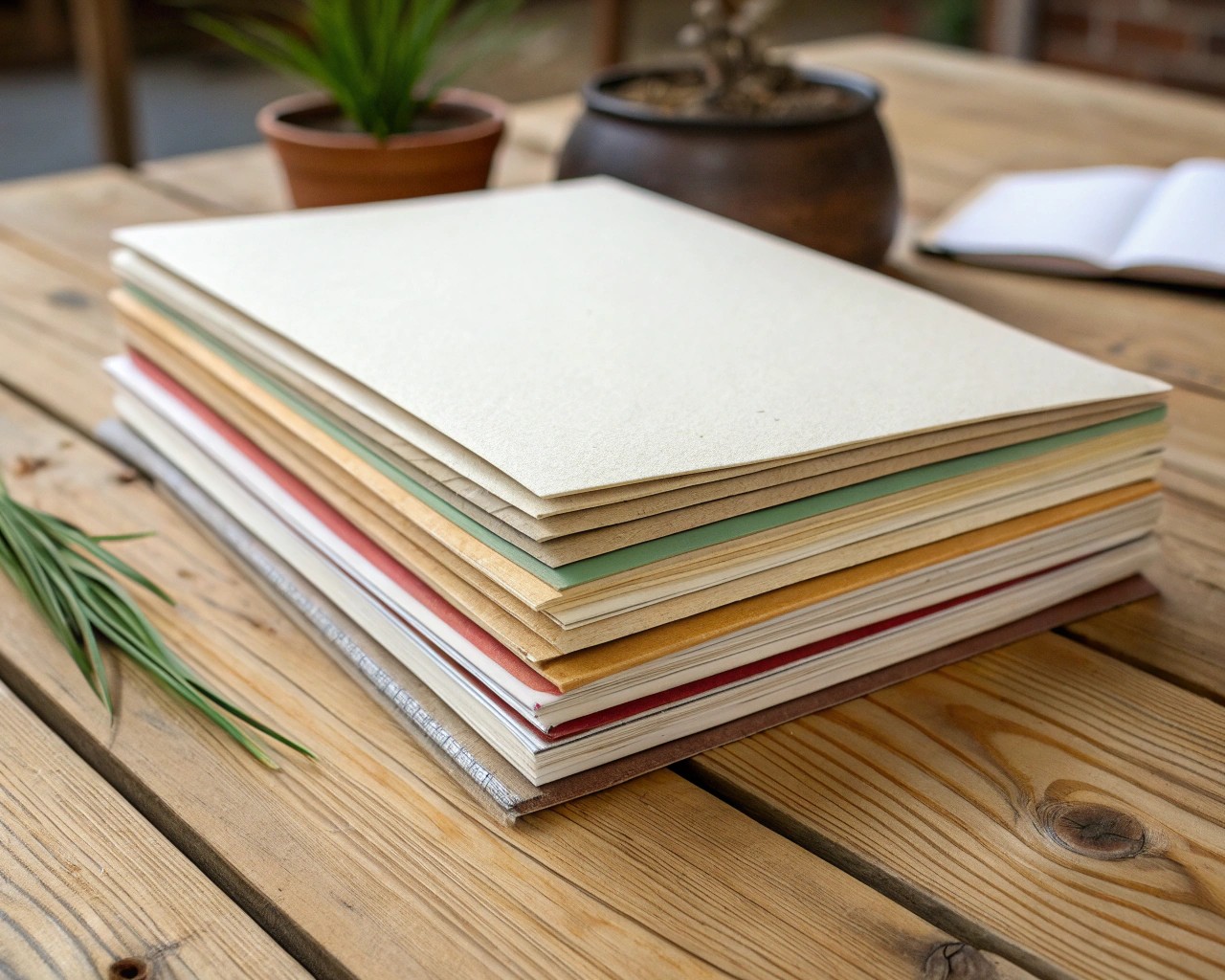
Choosing the correct paper matters for durability and appearance. Cones made with thin printer paper are fine for light use but may struggle with oils or weight.
| Use Case | Best Paper Type | Why It Works |
|---|---|---|
| Appetizers & Snacks | Parchment, wax-free sandwich paper, or sturdy kraft | Resists grease and handles the weight of nuts or popcorn. |
| Gardening Seeds | Smooth writing paper, recycled notepad paper | Light, foldable, easy to label with pen or pencil. |
| Fresh Herbs | Plain newspaper or thinner card stock | Provides breathability while giving herbs support. |
| Dry Herbs or Spices | Parchment or envelopes recycled from mail | Keeps contents dry and compact. |
Tip: For food, avoid dyed or glossy print pages since inks can transfer. For gardening, repurposed scrap paper or old envelopes often work perfectly.
Folding Instructions: Two Reliable Methods
Basic Cone (Quick Snack or Seed Version)
- Start with a square. If using printer paper, trim the longer side to match the shorter.
- Rotate to a diamond. One point faces down, one up.
- Fold base corner upward. Wrap it to the right to begin forming a cone.
- Adjust shape. The open top should form a clean oval.
- Lock flap. Tuck the overlapping edge inside to prevent unfolding.
This form holds up for most balcony uses, from sunflower seeds to a handful of berries.
Tall Cylinder Cone (For Herbs and Longer Items)
- Use a rectangle. No cutting needed for standard printer paper.
- Roll diagonally. Start from one corner and wrap tightly until the opposite side overlaps.
- Compress the tip. Twist gently to close the bottom so leaves don’t slip through.
- Secure the overlap. Crease tightly or add a tiny strip of biodegradable tape.
This elongated cone works like a pocket vase—ideal for thyme, rosemary, or mint stems.
Decorative and Functional Finishing Touches
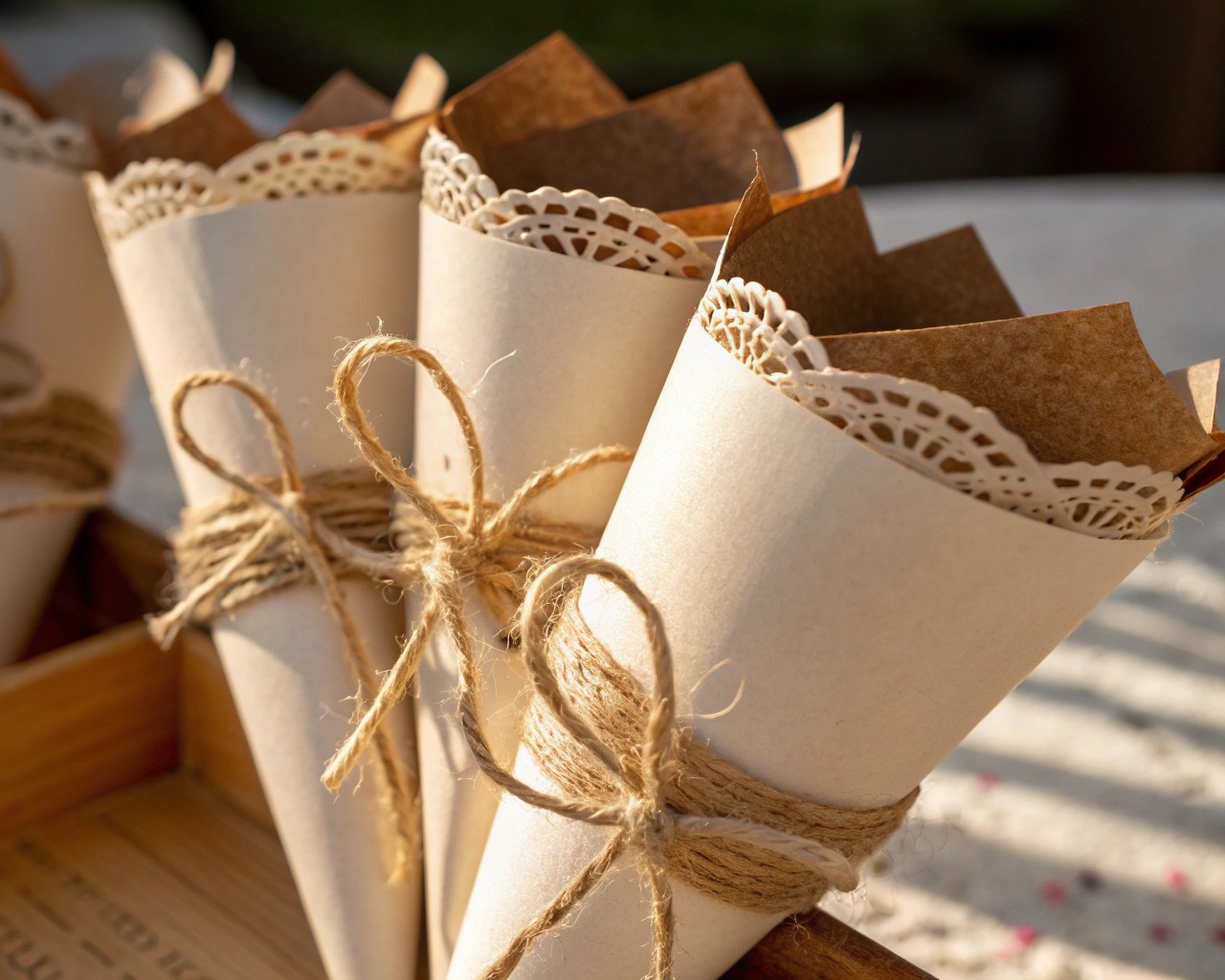
How you finish the cone depends on use. Small adjustments transform this basic fold into something tailored:
- For Snacks: Line the inside with parchment, then roll the top edge down once for a café-style presentation. This also doubles the strength of the rim.
- For Seeds: Label the outer flap with plant name, variety, and sowing date. Set cones upright in a small basket for easy access during planting.
- For Herbs: Wrap a piece of jute twine or cotton ribbon around the exterior flap—practical for hanging cones from balcony hooks or a railing.
- For Entertaining: Punch a small hole near the rim and insert a wooden stick. This creates hand-held cones suitable for children’s snacks or picnic-style service outdoors.
I’ve often used these decorated versions at small balcony gatherings, and they look surprisingly elevated despite being homemade. Guests like the informality combined with the charm of simple paper craft.
Seasonal Inspiration for Balcony Living
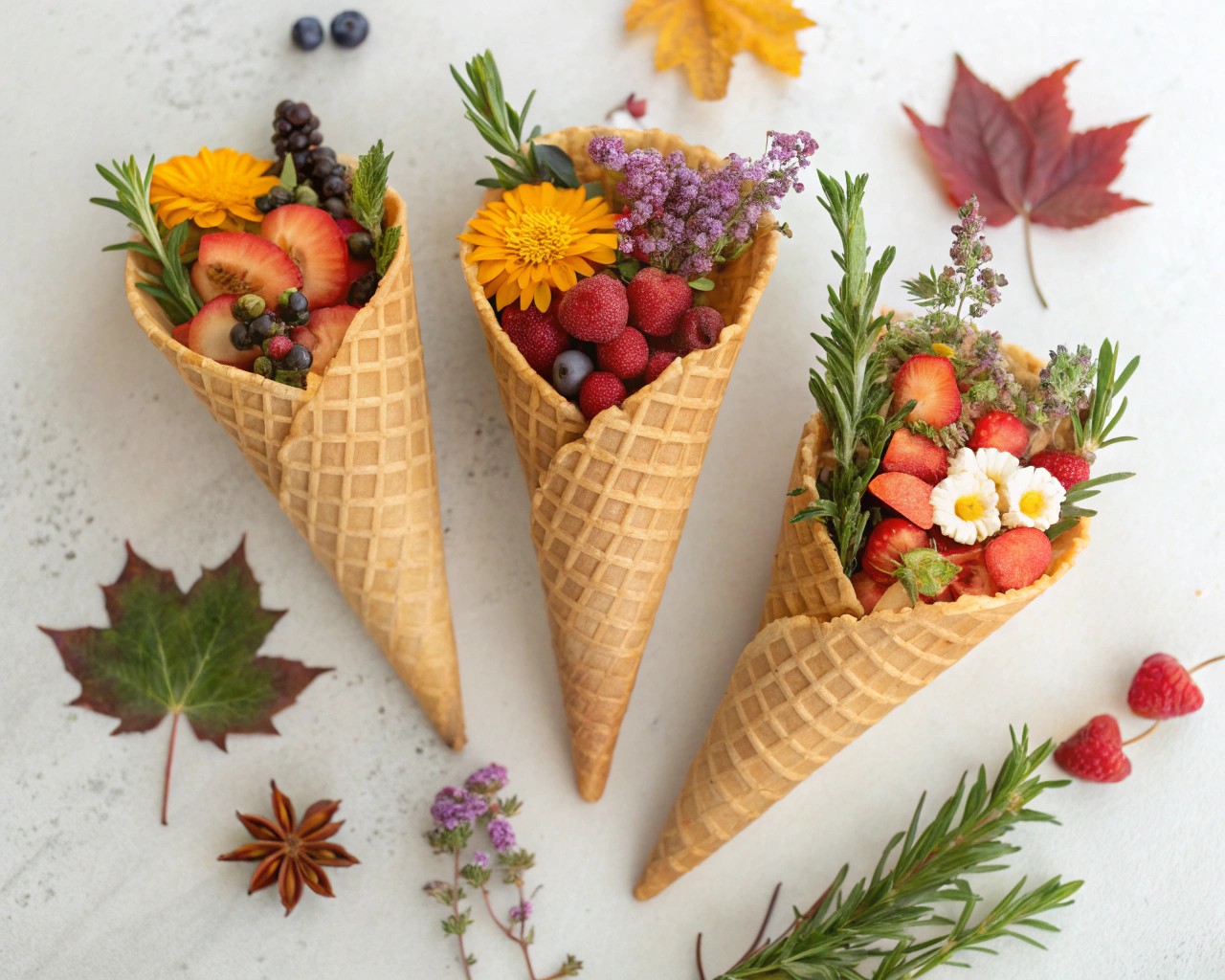
The strength of folded cones is adaptability. Here are ideas for each season:
- Spring: Separate seed types into individual cones. This avoids mixing varieties and keeps packets organized while you sow window boxes.
- Summer: Serve chilled grapes, roasted chickpeas, or trail mix cones to guests on warm evenings. They prevent spills and add a casual, festival-like feeling.
- Late Summer: Use tall cones to collect lavender sprigs or basil cuttings. Hang them upside down from balcony hooks for natural air drying.
- Fall: Capture dried chili peppers or seed harvest in breathable cones. Arrange several in a jar for an organic, rustic look in the kitchen.
- Winter: Fold heavier card stock cones, fill them with dried herbs or potpourri, and use them indoors as fragrant room decorations.
Avoiding Common Mistakes
- Cone too shallow: If folded loosely, the cone will not hold seeds or nuts securely. Tighten by adjusting the overlap.
- Paper tearing: Thin paper may rip near the point. Prevent this by double-folding the tip.
- Flap popping open: Crease firmly. If needed, moisten fingertips slightly before pressing the paper to achieve sharper folds.
- Moisture damage: Herbs with water droplets can quickly weaken the paper. Always pat leaves dry beforehand.
The Lasting Value of a Simple Fold
The folded paper cone may be one of the simplest handmade objects, yet it continually proves useful on a balcony—practical for gardening, welcoming for guests, and even decorative. I find myself returning to this technique not only for its convenience but also because it adds a personal, crafted touch to otherwise ordinary tasks.
Try folding a set of cones before your next balcony evening or planting session. You’ll discover that this tiny, ancient design solves problems and delights in equal measure.

